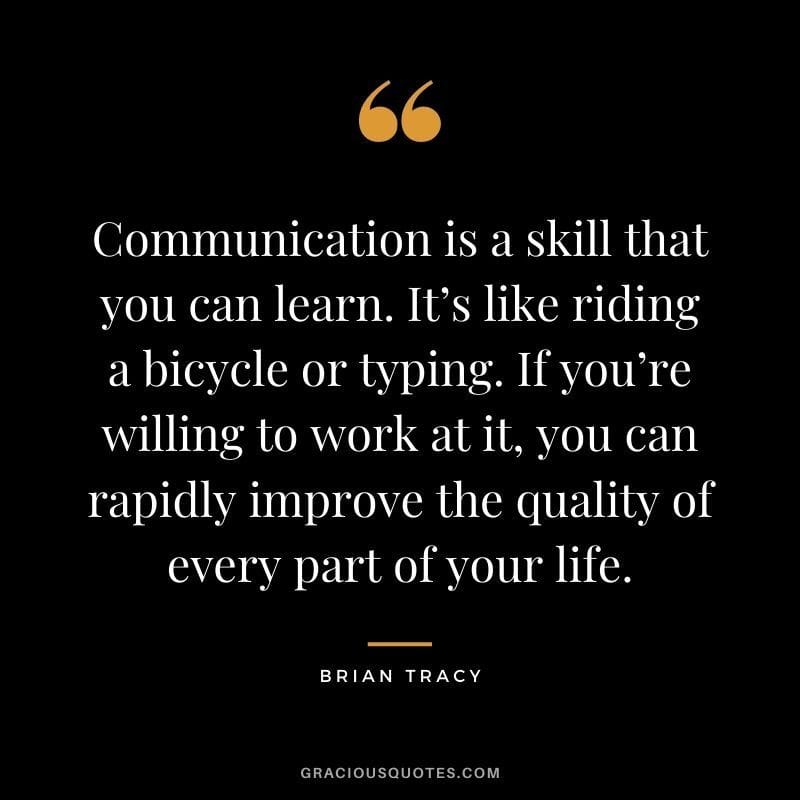I was Wrong about Influence.
Early in my career, I believed influence in a decision-making meeting was the direct outcome of a strong artifact presented and the ensuing discussion.
However, with more leadership experience, I have come to realize that while these are important, there is something far more important at play.
Influence, for a given decision, largely happens outside of and before decision-making meetings.
Here's my 3 step approach you can follow to maximize your influence:
(#3 is often missed yet most important)
1. Obsess over Knowing your Audience
Why: Understanding your audience in-depth allows you to tailor your communication, approach and positioning.
How:
↳ Research their backgrounds, how they think, what their goals are etc.
↳ Attend other meetings where they are present to learn about their priorities, how they think and what questions they ask. Take note of the topics that energize them or cause concern.
↳ Engage with others who frequently interact with them to gain additional insights. Ask about their preferences, hot buttons, and any subtle cues that could be useful in understanding their perspective.
2. Tailor your Communication
Why: This ensures that your message is not just heard but also understood and valued.
How:
↳ Seek inspiration from existing artifacts and pickup queues on terminologies, context and background on the give topic.
↳ Reflect on their goals and priorities, and integrate these elements into your communication. For instance, if they prioritize efficiency, highlight how your proposal enhances productivity.
↳Ask yourself "So what?" or "Why should they care" as a litmus test for relatability of your proposal.
3. Pre-socialize for support
Why: It allows you to refine your approach, address potential objections, and build a coalition of support (ahead of and during the meeting).
How:
↳ Schedule informal discussions or small group meetings with key stakeholders or their team members to discuss your idea(s). A casual coffee or a brief virtual call can be effective. Lead with curiosity vs. an intent to respond.
↳ Ask targeted questions to gather feedback and gauge reactions to your ideas. Examples: What are your initial thoughts on this draft proposal? What challenges do you foresee with this approach? How does this align with our current priorities?
↳ Acknowledge, incorporate and highlight the insights from these pre-meetings into the main meeting, treating them as an integral part of the decision-making process.
What would you add?
PS: BONUS - Following these steps also expands your understanding of the business and your internal network - both of which make you more effective.

